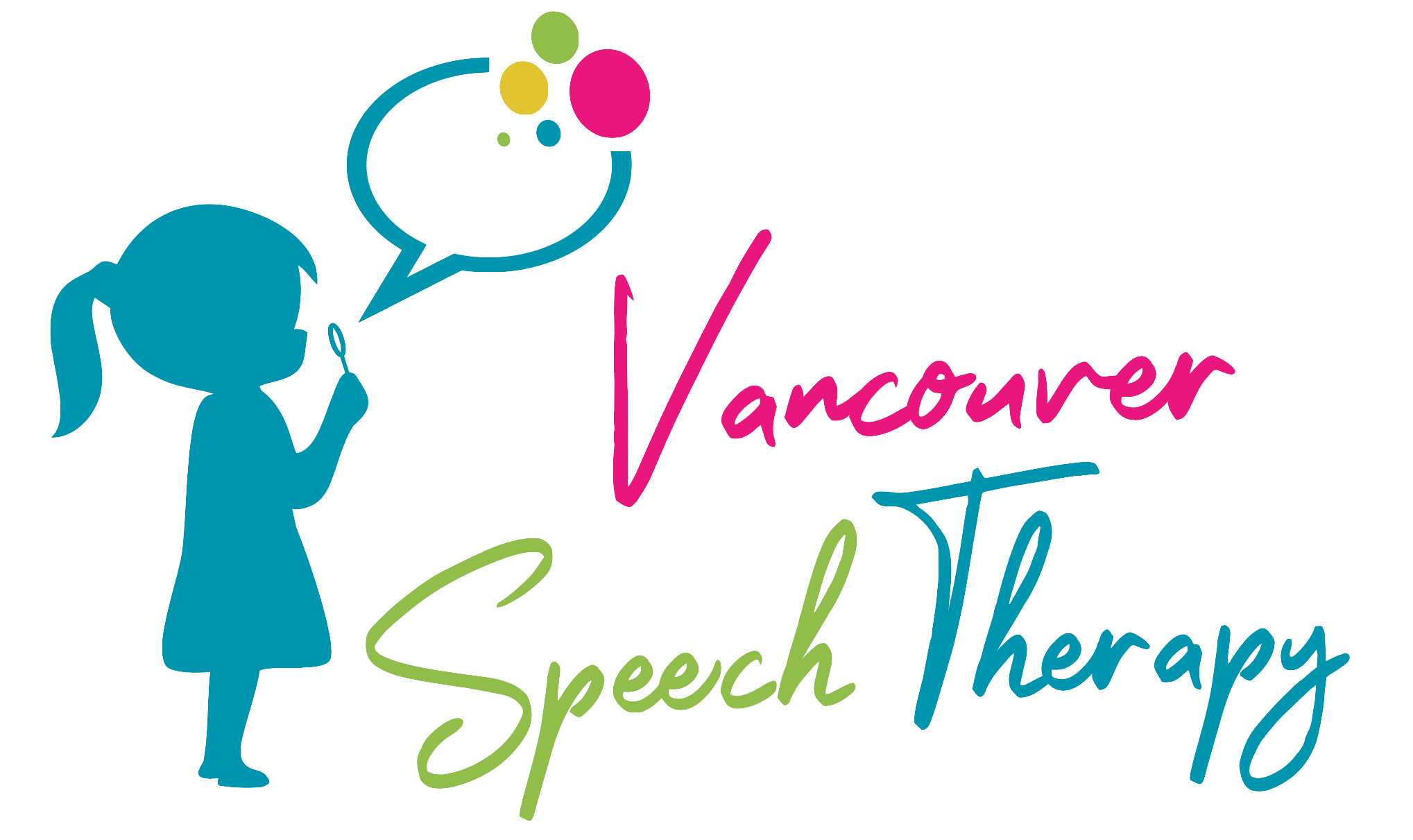
06 Oct Voice and Resonance Disorder Therapy – What it is and how it is treated
While some speech and language disorders are linked to autism, Asperger’s syndrome, strokes and accidents, not all are. Some speech and language disorders can be due to growths in the throat, neurological disorders present at birth as well as nasal cavity obstructions. In this section, we will discuss Voice and Resonance Disorders which can be caused by the latter reasons just mentioned.
The variety of speech and language disorders existent are vast. Voice and Resonance Disorders are one set that are quite common. So what are they?
A voice disorder can be defined as any abnormality in speech characterized by abnormal production or abnormal absences of voice quality, pitch, loudness, resonance, and duration. These are especially considered abnormal if they are inappropriate according to a person’s age/gender.
Symptoms of a voice disorder include the following:
- A hoarse voice
- A weak voice
- Discomfort when speaking
- Chronic sore throat
- Chronic cough
- Sensations of something in the throat
- Vocal fatigue
- Pitch breaks
- Shortness of breath when singing or speech
- Loss of singing range/ quality
A Resonance disorder refers to the way speech is formed by airflow as it passes through the nasal and oral cavities when there is an opening, inconsistent movement or obstruction that changes the way airflows through the system.
There are five types of resonance disorders:
- Hypernasality
- Assimilated nasality
- Hyponasality
- Mixed nasality
- Cul de sac
For voice disorders, there are two types of treatments. Physiologic Voice Therapy and Symptomatic Voice Therapy.
- Physiologic Voice Therapy includes treatments that modify the physiology of the vocal mechanism.
- Symptomatic Voice Therapy includes addressing the symptoms of the problem using vice training techniques.
Surgery may be another option for treating voice disorders. This may not be for everyone, and a personal consultation with a medical professional is required to determine if this option is best for you or your loved one.

Conversation training Therapy (CTT) is another option available for those who need help with overcoming voice disorders. This is usually done in the presence of a therapist and as suggested in the name, therapy involves conversational techniques which guide the client in awareness of pitch, range, labelling, clear speech, embedding gestures in speech and much more.
Treatments for Resonance Disorders include the following:
Surgery is also a very common treatment for Resonance Disorders. There may be many various situations which create the abnormal obstructions or abnormalities reflected in the clients resonance. These include cleft palate, cleft lip and injured anatomy due to accidents. A medical professional trained in this area will schedule an appointment for the client to discuss the need for this method of treatment. There is however, also Behaviour Speech Therapy as a method to pursue as treatment for Resonance Disorder.
Behaviour Speech Therapy is conducted by a speech language -pathologist who will assess and diagnose the client and create a plan of treatment specific for the clients needs. This will involve teaching the client through a variety of exercises on how to readjust pronouncing certain words as well as demonstrating phonetical awareness while engaging in conversations.
If you are in the Vancouver area, please be reminded that Vancouver Speech Therapy offers consultations as well as therapy for both voice and resonance disorders. Please be sure to contact us if you have a need to get treatment for any of the above problems.


